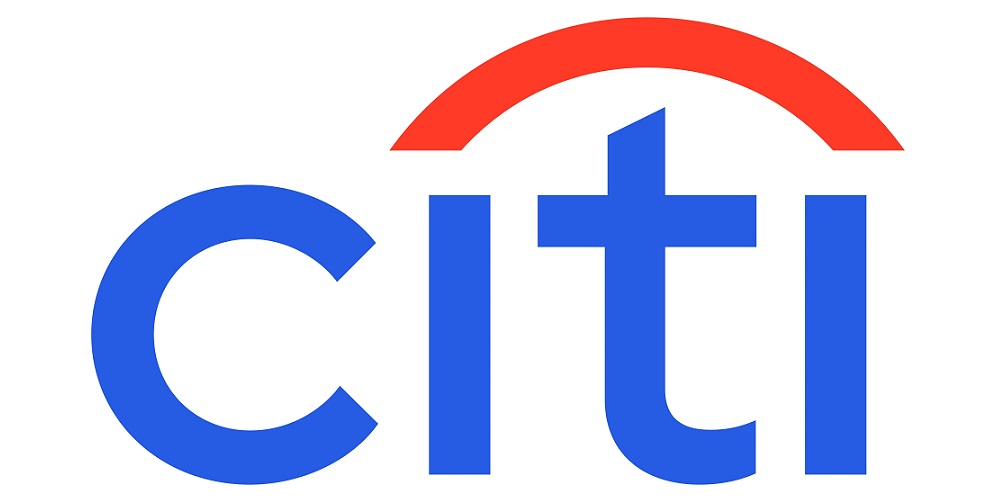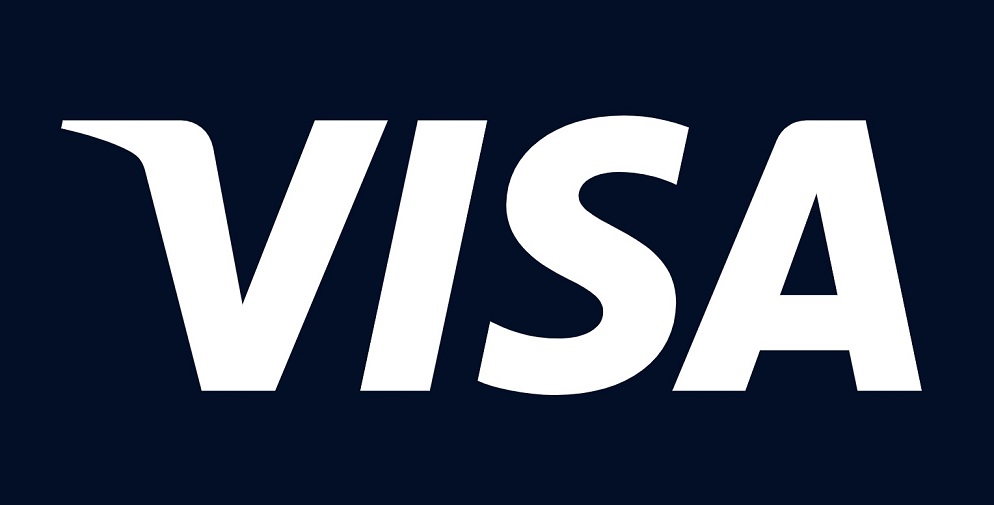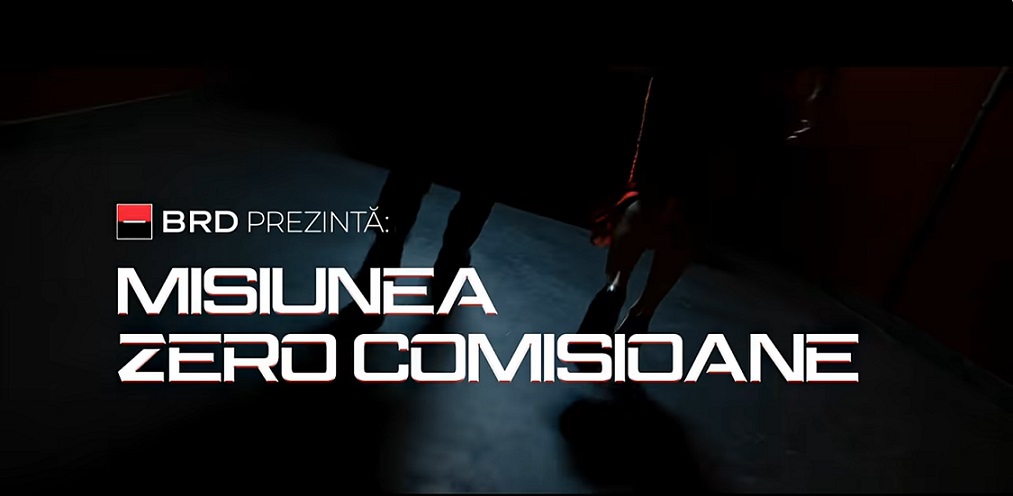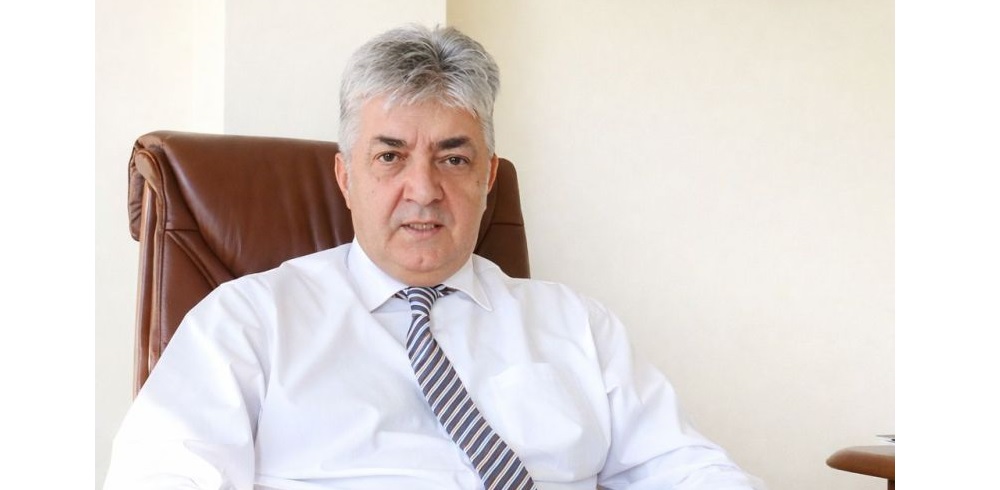New reports identifies banking, payments trends for 2012
 A new report from Javelin Strategy & Research identifies and evaluates the leading trends that will transform banking, payments, mobile and security in 2012. Javelin provides quantitative and qualitative research focused on the global financial services industry. These predictions highlight a rapidly evolving arena in which tools such as mobile and social media, events like social protest, and even the actions of government regulators have a hand in guiding change.
A new report from Javelin Strategy & Research identifies and evaluates the leading trends that will transform banking, payments, mobile and security in 2012. Javelin provides quantitative and qualitative research focused on the global financial services industry. These predictions highlight a rapidly evolving arena in which tools such as mobile and social media, events like social protest, and even the actions of government regulators have a hand in guiding change.
Key trends identified by Javelin include:
Visa makes its EMV push, and issuers and merchants must contend with security, liability and infrastructure repercussions. EMV offers protection against card present fraud, but requires a complete overhaul of point of sale payments technology infrastructure. Stakeholders must still address card-not-present fraud, with merchants potentially assuming liability.
New competing technologies offer similar security for both card present and CNP transactions and still work within the existing payments infrastructure, while the up and coming near-field communication for contactless transactions utilizes the same terminals as EMV.
„It’s decision time for issuers and merchants as to whether and how they will support EMV or modified magnetic stripe technology,” said Phil Blank, managing director, Security, Risk & Fraud at Javelin. „Stakeholders need to take into consideration such factors as consumers’ willingness to use secure technology that may slightly inconvenience them, the quality of cell phone reception within stores to support NFC and what an interim hybrid solution might look like as the POS payments landscape slowly shifts.”
 The movement to switch banks will force consumers to choose: fees or convenience? Although smaller FIs may charge lower fees or proclaim higher levels of customer service, they typically cannot match giant banks in terms of convenient, 24/7 multichannel banking that features extensive branch and ATM networks, online banking, bill pay and mobile banking.
The movement to switch banks will force consumers to choose: fees or convenience? Although smaller FIs may charge lower fees or proclaim higher levels of customer service, they typically cannot match giant banks in terms of convenient, 24/7 multichannel banking that features extensive branch and ATM networks, online banking, bill pay and mobile banking.
„In 2012, consumers who object to bank fees will be forced to put a personal price tag on convenience,” said Mark Schwanhausser, senior analyst, Multichannel Financial Services, Javelin. „In order to provide a full range of services to attract and retain customers, FIs should upgrade with personal finance management tools that make it easy to monitor and manage money, upgrade faulty account opening processes, install and market bill pay switch kits, and build out compelling mobile banking.”
Leveraging mobile banking applications, consumers can instantly respond to an FI’s call to action and transact directly from their smartphones, while FIs can assess the effectiveness of their marketing efforts in real time, said Mary Monahan, executive vice president and research director, Mobile, Javelin. She cited QR codes as an effective marketing tool.
„To create effective strategies, however, FIs will need to consider the demographics of this user market, develop appealing incentives, thoroughly test QR codes for usability and ensure that QR codes link to mobile optimized content, supported by Android, Apple iOS and other platforms,” she said.
The report says that FIs and retailers can use geolocation to enhance the banking and shopping experiences of their on-the-go consumers. Geolocation features can alert mobile consumers to nearby ATMs, bank branches and retailer locations, deliver localized rewards and coupon offers and enable fourth factor authentication for mobile banking activities, among other services.
„To deliver high impact mobile marketing campaigns and robust mobile banking and payments services, providers will build geolocation advantages into or link them with other applications,” said Beth Robertson, CCM, director of Payments Research at Javelin.
Robertson said providers should integrate geolocation options into multichannel programs that include the delivery of rewards offers, as well as offer geolocation-based search tools that address the interests of the targeted consumer.
She also advised FIs and retailers to integrate mobile banking, mobile payments and rewards programs into social media services that leverage geolocation technology.
Update:
See also: McAfee predicts 2012 to see more attacks on mobile banking apps
Mobile financial services are attracting more and more attention, and not all of it is good. According to technology security company McAfee, more consumers are accessing their financial services via mobile devices and bad guys are looking to exploit that shift.
McAfee Labs released its 2012 Threat Predictions report, and along with apocalyptic-sounding cyberattacks on utilities and infrastructure, attacks on mobile devices, especially attacks targeting mobile banking, are high on the list of threats.
McAfee reported that 2011 had the highest levels of mobile malware ever and predicted 2012 will be even worse.
Dariusz Mazurkiewicz – CEO at BLIK Polish Payment Standard
Banking 4.0 – „how was the experience for you”
„To be honest I think that Sinaia, your conference, is much better then Davos.”
Many more interesting quotes in the video below:









